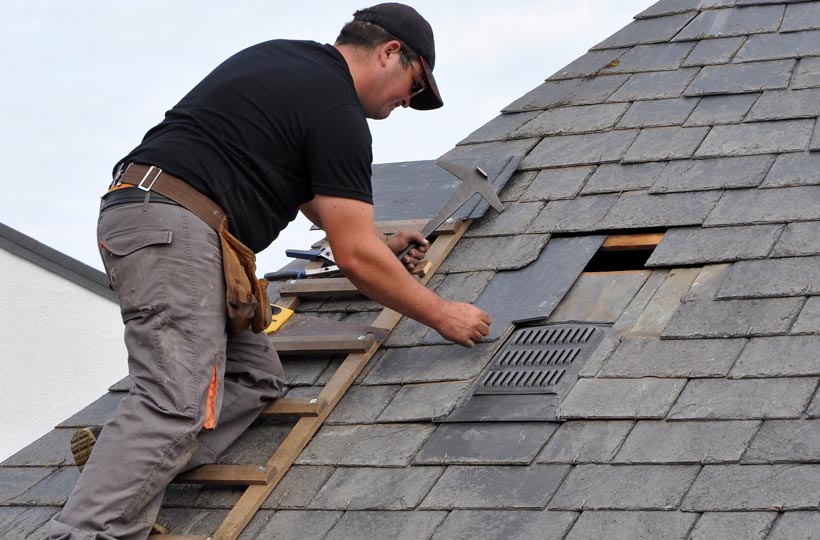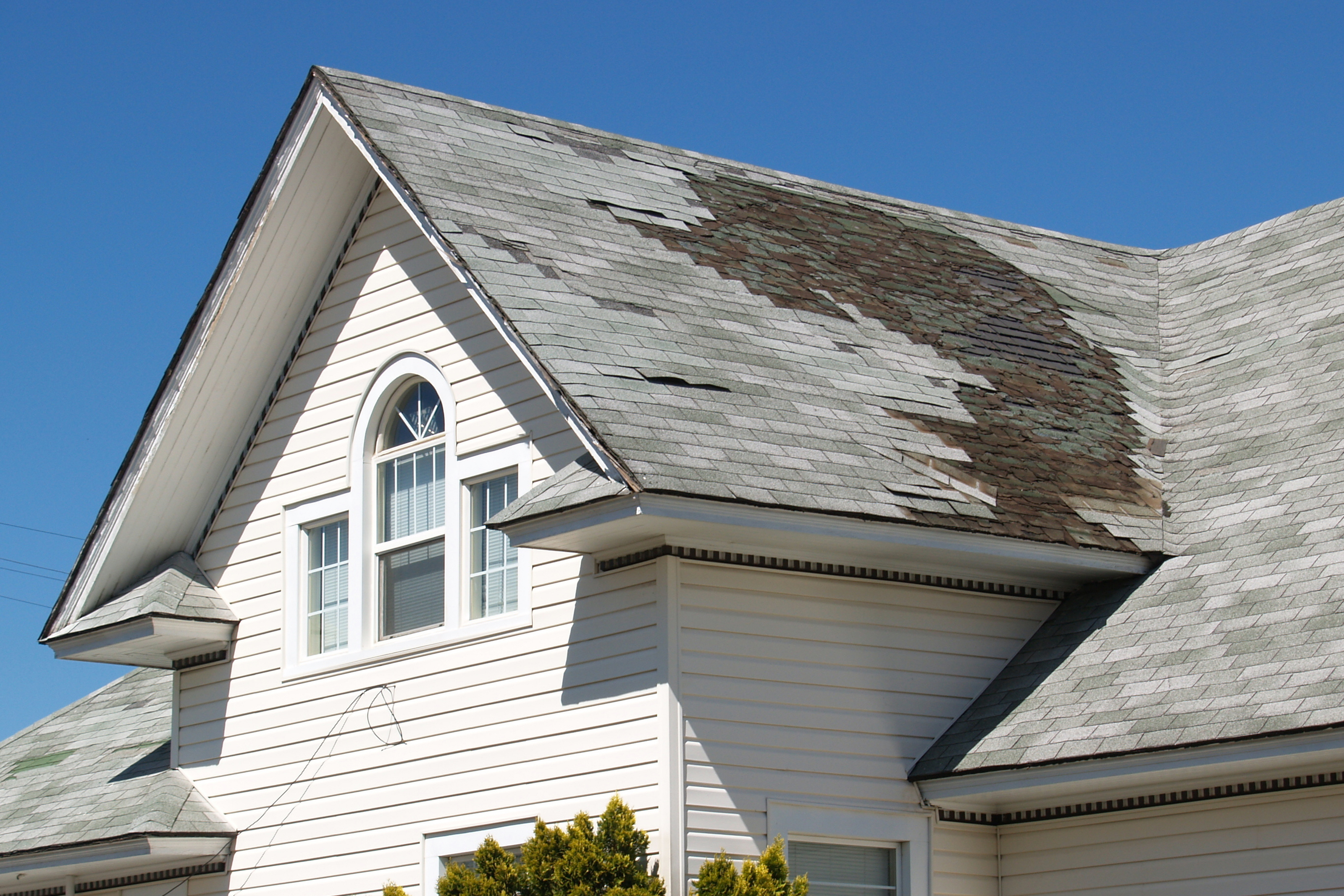Roofing Companies Oahu: Trusted Professionals for Your Roofing Requirements
Roofing Companies Oahu: Trusted Professionals for Your Roofing Requirements
Blog Article
Comprehending the Different Sorts Of Roof Coverings: A Comprehensive Guide for Homeowners
In the realm of homeownership, choosing the proper roofing design is a choice that lugs substantial ramifications for both capability and visual allure. With an array of alternatives-- varying from the traditional gable to the modern level-- each type provides unique benefits and difficulties that should align with the homeowner's environmental factors to consider and certain needs. Recognizing these distinctions not only aids in making an enlightened selection however likewise influences long-term upkeep and power efficiency. As we discover the details of various roofing kinds, it becomes obvious that dimension does not fit all; the best option may surprise you.
Saddleback Roof
Gable roof coverings, identified by their triangular shape, are amongst one of the most popular roof covering designs as a result of their simplicity and efficiency in shedding water and snow. This design includes two sloping sides that meet at a ridge, permitting for effective drainage and minimizing the danger of water build-up. The high pitch generally related to gable roofs enhances their capacity to take care of heavy rainfall, making them suitable for different environments.
In addition to their functional benefits, saddleback roofs use aesthetic convenience. They can be adjusted to numerous building designs, from typical to modern homes. The design can likewise suit additional attributes such as dormer home windows, which improve natural light and ventilation in the attic area.
Furthermore, gable roof coverings give sufficient room for insulation, adding to power performance. Home owners can pick from a variety of roofing materials, consisting of asphalt shingles, metal, and tiles, further enhancing customization choices.
Regardless of their benefits, gable roof coverings may call for added support in locations prone to high winds or hefty snowfall. In general, the saddleback roof continues to be a favored option because of its blend of functionality, durability, and visual charm.
Apartment Roofs
Flat roofing systems are usually identified for their minimalist style and practical applications, particularly in business and industrial settings (oahu roofing). These roof coverings feature a virtually straight or straight surface area, which enables very easy construction and functional room utilization. While they might do not have the aesthetic appeal of angled roofs, level roofing systems provide many advantages, particularly in metropolitan settings where maximizing room is critical
Among the main benefits of flat roofs is their access. Home owners can use the roof covering space for different objectives, such as rooftop gardens, balconies, or solar panel setups. In addition, flat roofings are usually a lot more cost-efficient to preserve and mount contrasted to their sloped counterparts, as they call for fewer materials and labor.
Usual products made use of for level roof coverings consist of built-up roof (BUR), modified asphalt, and single-ply membranes, each offering distinct benefits. Generally, flat roofs serve as a useful and versatile selection for several property owners and services alike.
Hip Roof Coverings
Hip roofs are identified by their sloped sides that merge on top, developing a ridge. This design stands out from saddleback roofs, as all 4 sides of a hip roof covering slope downwards towards the wall surfaces, providing a more stable framework. The angle of the slopes can differ, permitting for adaptability in architectural visual appeals and performance.
One of the main advantages of hip roofing systems is their ability to stand up to hefty winds and unfavorable climate condition. The sloped surfaces enable much better water drainage, lowering the danger of leaks and water damages. In addition, hip roofing systems provide enhanced attic room room, which can be made use of for storage or also transformed into habitable locations.
However, creating a hip roof covering can be more pricey and intricate than simpler roofing system kinds, such as gable roof coverings. The additional material and labor involved in producing the inclines and making certain appropriate architectural honesty can result in greater expenses. In spite of these downsides, many home owners prefer hip roof coverings for their toughness, visual allure, and capacity for power effectiveness.
Mansard Roofs
Mansard roofings, frequently recognized by their distinct four-sided design, function 2 slopes on each side, with the reduced slope being steeper than the upper. This building see page style, stemming from France in the 17th century, is not just visually attractive yet practical, as it makes the most of the usable area in the upper floors of a building. The steep reduced incline permits more headroom, making it an optimal option for attic rooms or loft spaces, which can be converted into living rooms.
Mansard roofing systems are defined by their adaptability, accommodating numerous architectural designs, look at more info from conventional to modern-day. They can be built with various materials, consisting of asphalt tiles, slate, or steel, offering property owners with a series of options to suit their choices and spending plans. In addition, the layout enables the assimilation of dormer windows, boosting natural light and ventilation in the upper levels.
However, it is important to take into consideration the possible disadvantages. Mansard roofings might need even more maintenance as a result of the complexity of their layout, and their steep slopes can be testing for snow and rain runoff. On the whole, mansard roofing systems incorporate elegance with usefulness, making them a preferred choice amongst house owners looking for distinctive architectural functions.
Shed Roofs
As house owners progressively look for simpleness and functionality in their architectural layouts, dropped roofs have become a prominent choice. Identified by a solitary sloping plane, a shed roofing presents a minimalist visual that enhances different home designs, from contemporary to rustic.
One of the main benefits of a shed roofing is its uncomplicated construction, which usually converts to reduce labor and material expenses. This layout permits efficient water drainage, minimizing the risk of leakages and water damages. In addition, the upright incline supplies adequate area for skylights, boosting all-natural light within the interior.
Shed roofing systems likewise use flexibility in regards to usage. click reference They can be effectively integrated into additions, garages, or exterior structures like structures and sheds. Furthermore, this roofing system design can suit numerous roofing products, including metal, asphalt tiles, and even environment-friendly roofing systems, lining up with environmentally friendly initiatives.
Nonetheless, it is necessary to take into consideration regional environment problems, as heavy snow loads might necessitate adjustments to the roof covering's angle or framework. Generally, lost roofing systems present a functional and aesthetically pleasing option for home owners seeking to make best use of performance without compromising design.
Verdict


Gable roof coverings, defined by their triangular form, are amongst the most popular roof styles due to their simpleness and efficiency in dropping water and snow. oahu roofing. The steep pitch generally linked with gable roofings boosts their ability to handle hefty precipitation, making them suitable for different environments
While they may lack the aesthetic charm of pitched roofing systems, level roofs offer numerous benefits, specifically in metropolitan settings where making best use of room is important.

Report this page